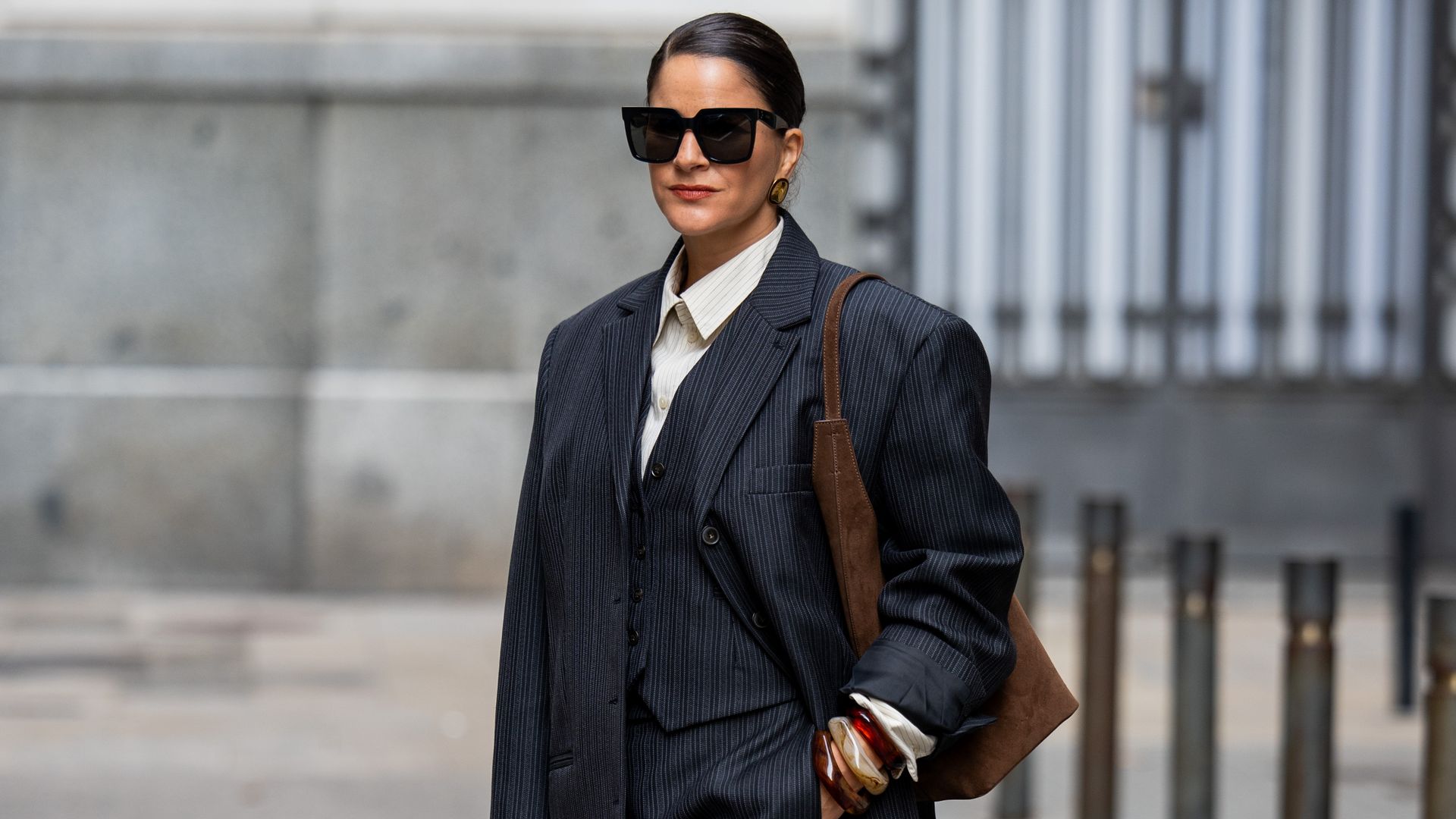This is how the conversation always goes whenever my 12-year-old daughter, Evie, asks me to buy fast fashion for her. “Please, please, can I have this,” she’ll say (it’s usually from Shein). Sorry but no, I’ll reply – I’m sure we can find an alternative on Vinted.
“One person buying something new won’t make any difference,” she argues. “And besides, it’s so cheap!” There is sulking (her), tutting (me), and dissatisfaction all round. As a fashion writer focused on sustainability (or lack thereof), my daughter’s pestering grates, yet I sympathise – what tween doesn’t want to fit in? Meanwhile, my role-modelling of wearing the same old clothes to death probably has the opposite effect on her.
And it’s complicated: as a freelance journalist, newspaper editors often reply to my pitches with: “Sorry – readers aren’t interested in sustainability.” To pay the bills, I’ve definitely played a part in propagating trends and fuelling the , to borrow from The Devil Wears Prada. So I explain to Evie why buying new fast fashion is a problem.
That, for starters, it’s exactly these clothes are so cheap that people buy them without restraint, and then we’re left with too many poorly made, often plastic, clothes in the world – enough to dress the next six generations, according to the British Fashion Council, as I love to tell her. I understand that my reasoning sounds too abstract. But this summer, while visiting friends in Ghana, we found a pl.


















